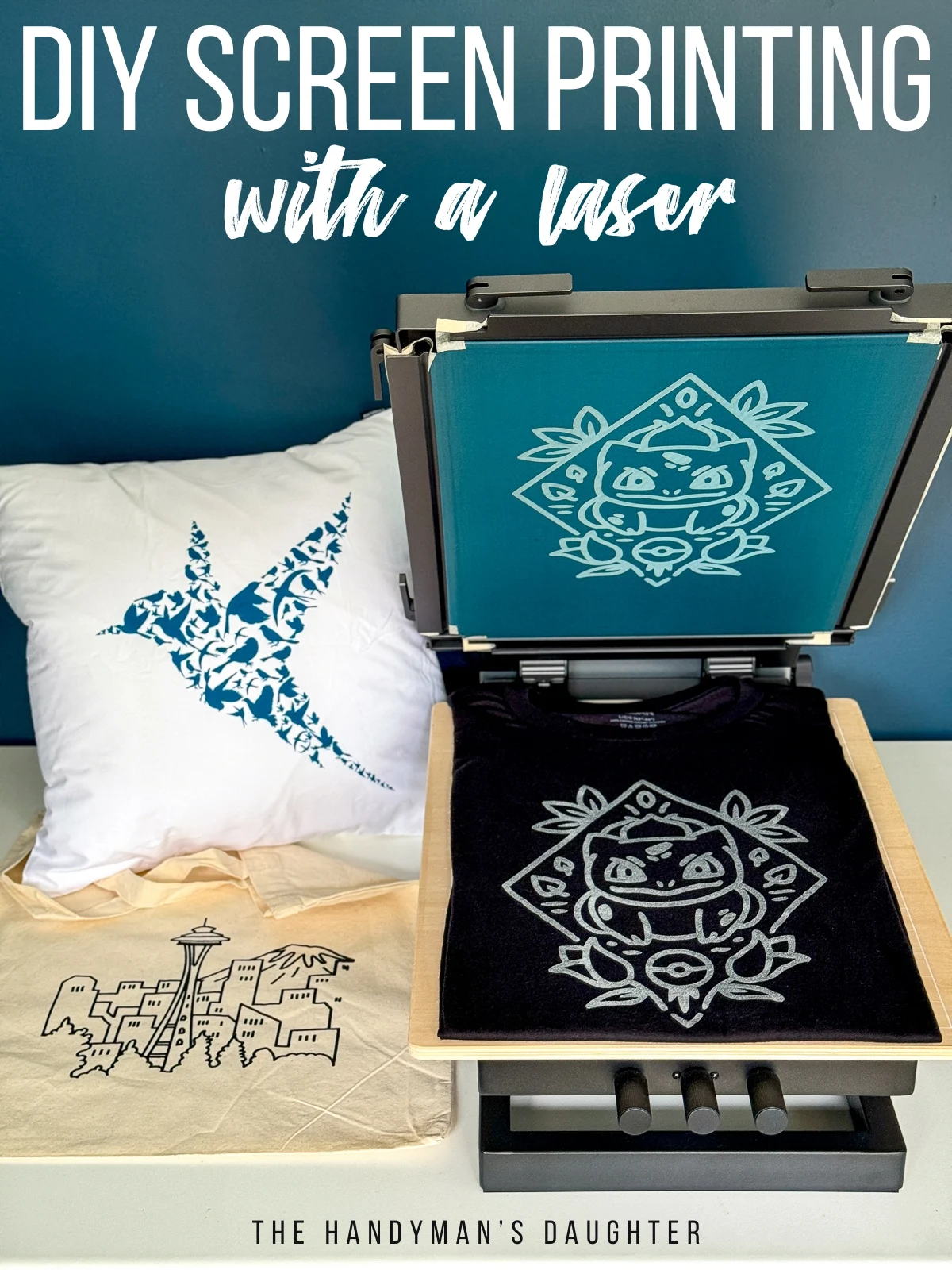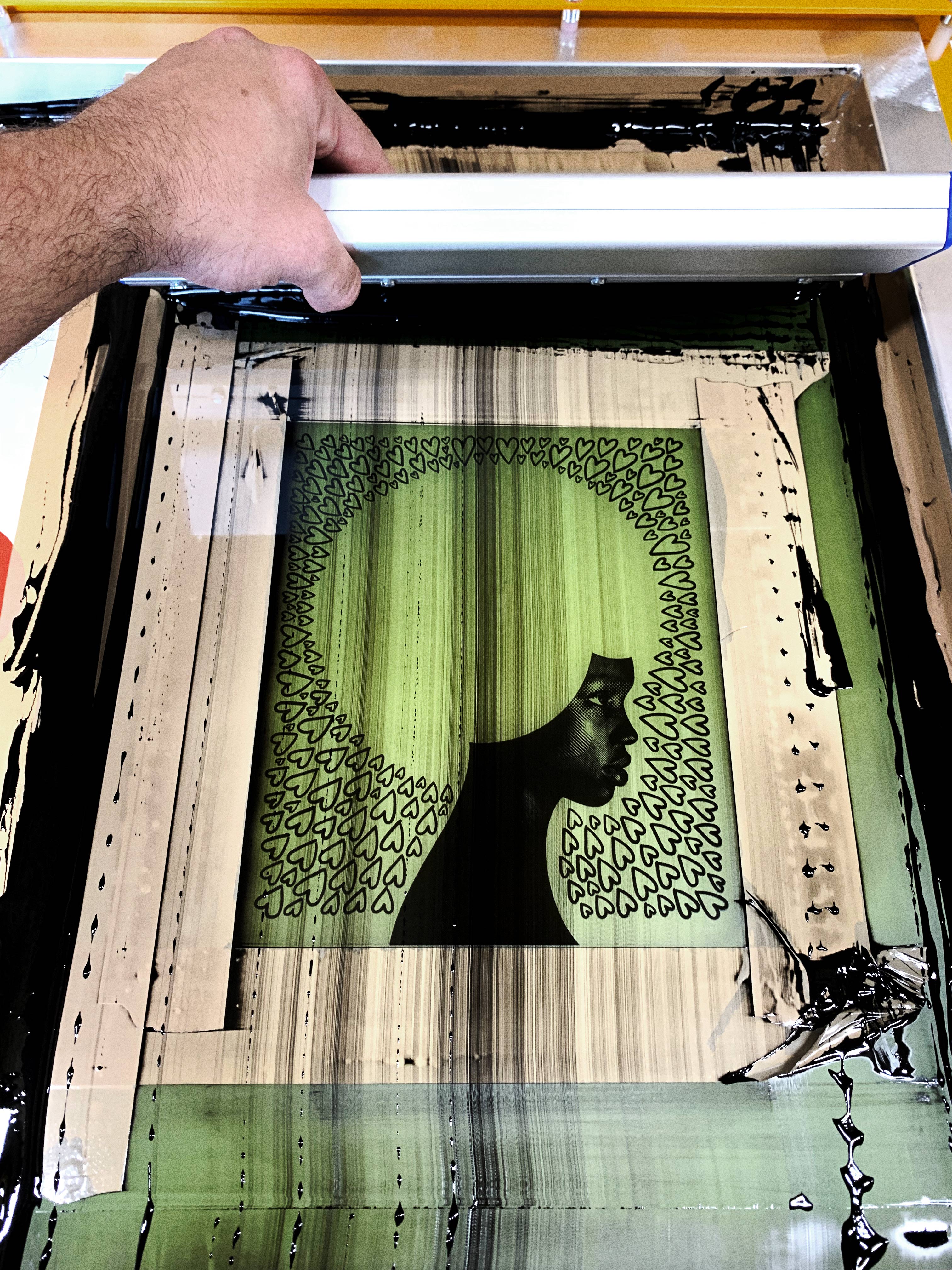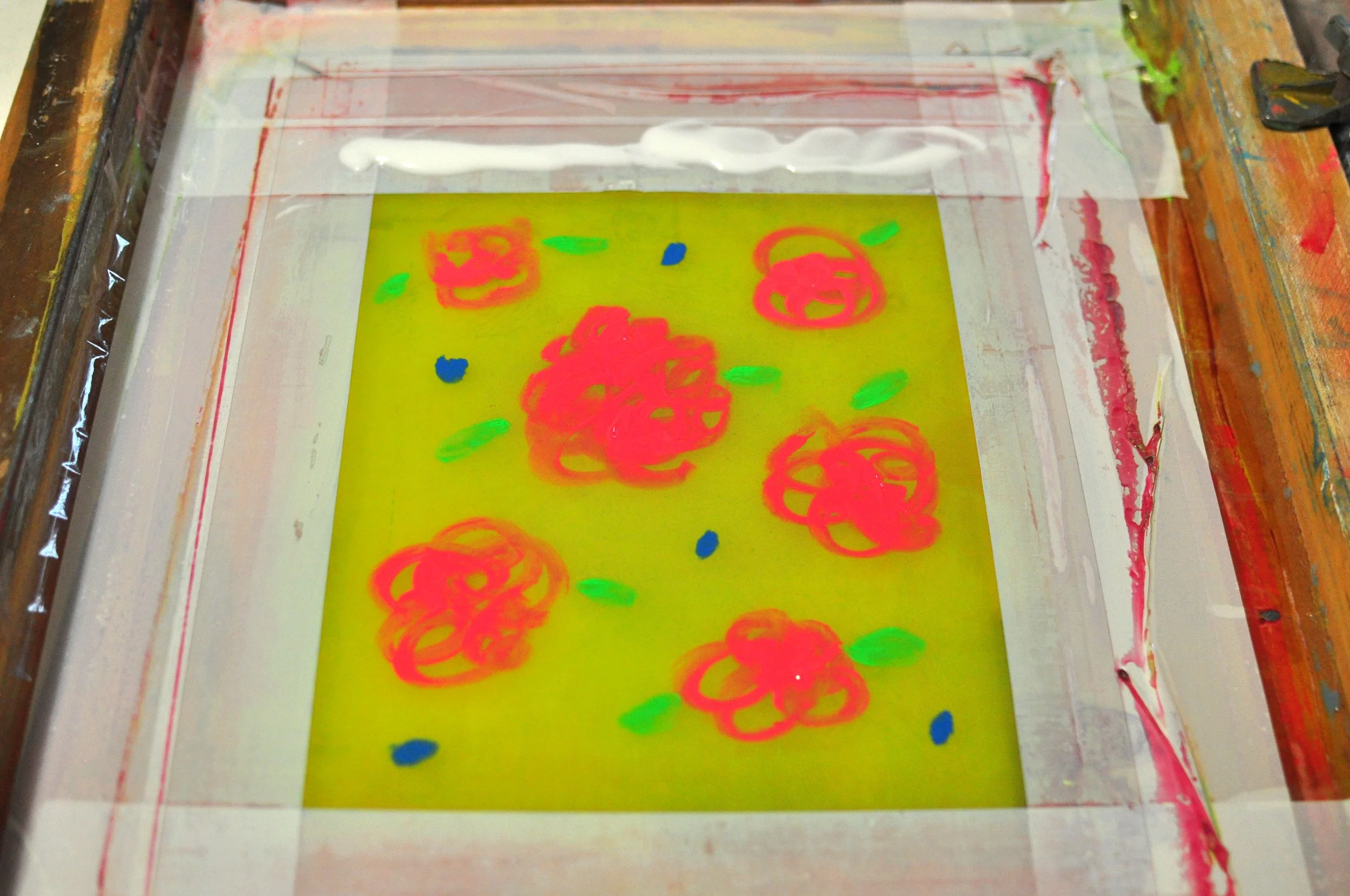The Necessary Guide to Understanding Screen Printing and Its Versatile Uses
Screen printing has an abundant background that dates back to ancient times, developing into an advanced strategy used across various sectors today. This overview discovers the intricacies of the screen printing procedure, outlining its applications in marketing, home, and fashion décor - 10:9 Design Embroidery. Comprehending these fundamentals can open imaginative possibility for both industrial and imaginative tasks. The following sections will disclose important tips and techniques to enhance one's screen printing ventures
The Background of Screen Printing
Although screen printing has origins that map back centuries, its development shows the imaginative and technological advancements of various societies. Coming from ancient China, the strategy was initially used for decorating textiles and later infect Japan, where it ended up being important to Ukiyo-e woodblock printing. The approach moved to Europe in the 18th century, where it got popularity among craftsmens and commercial printers. The development of image emulsion in the 20th century changed screen printing, enabling for more complex designs and better performance. Musicians like Andy Warhol better pushed its popularity, utilizing the tool to create famous works that combined commercialism and great art. By the late 20th century, screen printing had actually developed itself as a versatile technique, used in style, marketing, and fine art. Today, it remains to advance, integrating electronic modern technology and increasing its applications across numerous industries.
The Screen Printing Refine Explained
Screen printing transforms artistic visions into concrete layouts via a collection of accurate actions. At first, an image is produced and afterwards moved onto a screen, usually constructed from great mesh textile extended over a frame. A light-sensitive emulsion is applied to the screen, which is subjected to light, solidifying in locations not covered by the picture. After rinsing the unhardened solution, a stencil is created.
Next off, the screen is put over the substratum, whether it be material, paper, or another product. Ink is after that pressed through the open areas of the pattern making use of a squeegee, transferring the layout onto the substratum listed below. This process can be repeated for several colors, requiring separate screens for each and every hue. The printed thing is treated using warmth to guarantee the ink sticks correctly, resulting in a resilient, vivid design all set for use.
Kinds Of Screen Printing Techniques

Additionally, specialized techniques, such as discharge screen printing, get rid of color from the textile to develop softer prints, while foil screen printing applies metal foil to attain a shiny surface (10:9 Design Screen Printing Texas). Each method offers unique qualities, dealing with numerous innovative needs and production ranges, inevitably broadening the opportunities within the screen printing domain
Applications of Screen Printing in Different Industries

In addition, the signage and advertising sectors make use of screen printing for producing appealing display screens and banners. This method permits for bold shades and elaborate styles that record attention. In electronic devices, screen printing is used for using conductive inks to circuit card, necessary for component links. In addition, the home decoration industry welcomes screen printing to produce distinctive layouts on fabrics and wall surface art. Generally, screen printing serves as an essential device throughout varied areas, boosting items with individualized and visually appealing graphics.
Tips for Effective Screen Printing Projects
While taking on a screen printing task, careful interest to detail can considerably enhance the last end result. Initially, selecting top quality products is essential; this includes the screen, inks, and substratums. Making use of proper mesh matters can affect ink deposition and information resolution. Prep work is similarly vital; detailed cleansing of displays and appropriate exposure times guarantee crisp prints.
Next, exact registration is essential for multi-color prints. Using alignment devices can assist attain exact layering. In addition, screening prints on scrap products before production assists determine prospective concerns without throwing away sources.

Frequently Asked Concerns
What Products Are Best for Screen Printing on Fabric?
Cotton and polyester blends are excellent for screen printing on textile because of their longevity and ink absorption. In addition, specialty fabrics like silk or canvas can create one-of-a-kind textures and finishes, improving the general layout quality.
Exactly how Do I Tidy and Maintain Screen Printing Tools?
To clean and keep screen printing tools, one ought to regularly wash displays with suitable solvents, check mops for wear, lubricate relocating components, and store all items in a completely dry, dust-free atmosphere to lengthen their life expectancy.
What Are the Environmental Influences of Screen Printing?
Screen printing can have significant environmental impacts, including chemical waste from solvents and inks, water usage throughout cleaning processes, and energy consumption. Environmentally friendly products and sustainable techniques are necessary for minimizing these unfavorable results.
Can Screen Printing Be Done in the house Properly?
Screen printing can be efficiently done at home with the best materials and strategies. Enthusiasts can produce quality prints, though success depends upon their ability degree, devices, and understanding of the process entailed.
What Are the Costs Connected With Starting a Screen Printing Business?

Beginning a screen printing service includes prices for tools, materials, and work space. Preliminary costs commonly range from a few hundred to a number of thousand bucks, depending on the range, high quality of equipment, and wanted production capacity.
Screen printing has an abundant history that dates back to old times, progressing into an advanced strategy used across different sectors today. One more technique, rotary screen printing, utilizes round screens, facilitating constant printing on textile rolls, therefore enhancing performance for large-scale manufacturings. Additionally, specialty techniques, such as discharge screen printing, eliminate dye from the material to develop softer prints, while aluminum foil screen printing uses metal aluminum foil to accomplish a shiny coating. In the style market, screen printing is commonly used to produce vibrant designs on garments, making it possible for brand names to display their one-of-a-kind designs. Cotton and polyester blends are excellent for screen printing on textile due to their durability and ink absorption.